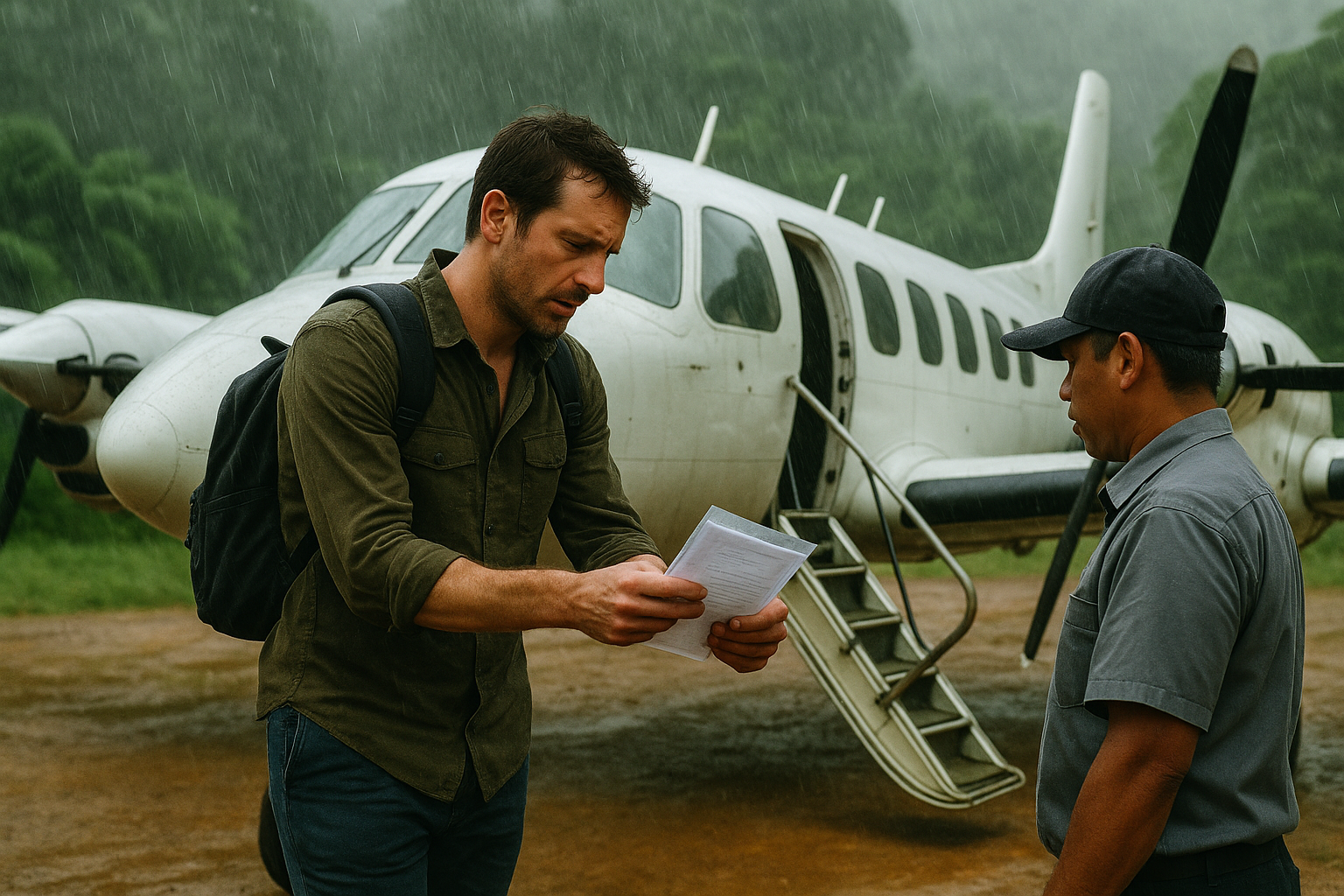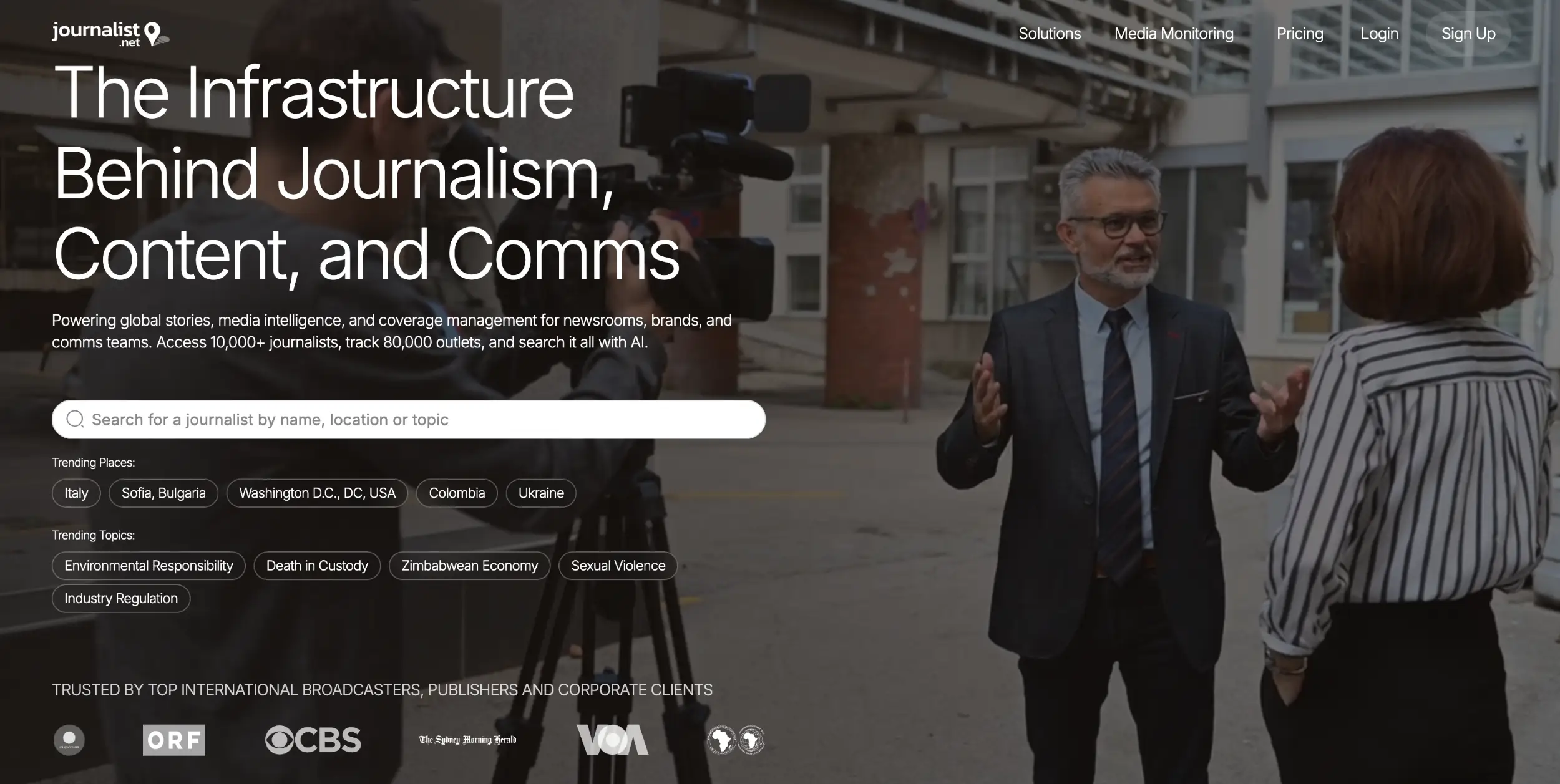Could Future Conflicts in Volatile Regions Result in Widespread Airspace Closures?

Future conflicts are likely to result in widespread airspace closures, just as we’ve seen in recent years. These closures disrupt not only local aviation but global travel, logistics, and the ability to deploy professionals—particularly journalists, humanitarian workers, and emergency responders.
For anyone working in or reporting on the world’s most unstable regions, understanding this risk is essential. Just as vital is ensuring you have the right insurance in place should airspace close unexpectedly and your route home vanish overnight.
Real-World Evidence: What’s Already Happening
The 2025 escalation involving Israel, Iran, and the United States showed just how fast things can change. Following airstrikes, multiple countries—including Iran, Iraq, Jordan, Syria, and Israel—closed or restricted their airspace.
The impact was immediate:
- Major carriers like British Airways, Lufthansa, and Singapore Airlines suspended flights to regional hubs.
- Middle Eastern airlines including Emirates and flydubai halted services to several countries.
- Thousands of travellers were stranded, and global routes were rerouted, adding hours to journeys and increasing costs.
This wasn’t an isolated event. During the Russia-Ukraine war, Ukrainian airspace shut down completely. Airlines were forced to reroute long-haul flights over Central Asia, sometimes adding more than 2–3 hours to journeys between Europe and Asia.
Even when tensions ease, these corridors remain classified as high-risk. Closure can return at a moment’s notice.
🔗 Travelling to a conflict-affected zone as a journalist or field producer? Get cover that includes evacuation, detention support, and no war exclusions.
Why Conflicts Lead to Sudden Airspace Closures
Several factors drive these shutdowns, each with direct implications for those travelling into or through affected regions:
1. Military Activity and Risk to Civil Aviation
Airspace is often closed to prevent tragic accidents, such as the downing of commercial aircraft by missiles or drones. The 2020 shootdown of Ukraine International Airlines over Tehran is a sobering reminder of what’s at stake.
2. Operational Safety for Airlines
Even if a conflict doesn’t involve your destination, proximity alone may pose an unacceptable risk. For example, drone incursions, radar jamming, or spoofed GPS signals near conflict zones have raised concerns from pilots and risk platforms.
3. Political Retaliation and Diplomatic Fallout
Sometimes, closures are political. After a coup in Niger, the government banned French-registered aircraft from its airspace, illustrating how access can become entangled with diplomacy.
🔗 Covering stories from volatile regions like the Sahel, Levant, or Caucasus? We can insure you—even if others won’t.
The Operational Impact: More Than Just Delays
These closures affect far more than flight schedules.
Flight Cancellations & Diversions
Routes are rerouted or cancelled entirely. This can leave film crews, aid teams, and correspondents grounded, unable to move in or out of operational areas.
Rising Costs & Carbon Emissions
Longer detours mean higher fuel consumption, increased emissions, and logistical complications. For news agencies, humanitarian organisations, and fixers, this adds to the cost of fieldwork.
Supply Chain Disruption
Air cargo—including urgent humanitarian shipments—faces delays or rerouting. In conflict-affected areas, this can cost lives.
Stranded Personnel
When airspace closes unexpectedly, travellers—including journalists and medical volunteers—can find themselves stuck for days or weeks without reliable exit options.
Insurance and Legal Exposure
Operating in or near these zones without the correct cover may invalidate standard travel or aviation insurance, leaving individuals and organisations exposed to risk and liability.
Keeping Track of Where It’s Safe to Fly
The threat landscape is dynamic. Platforms like Safe Airspace now offer real-time risk ratings for global airspace zones. But even these systems rely on national advisories, which vary and may not reflect the specific needs of media professionals or NGOs working under pressure.
🔗 Unsure whether your flight path or assignment destination is covered? Speak to our team about your mission.
Airspace Disruption Is Global — Not Just Regional
Conflict-related closures are not just confined to the Middle East or Eastern Europe:
- Yemen’s Sana’a airport has been intermittently closed due to airstrikes.
- In Haiti, gang violence has led to suspensions at Port-au-Prince airport.
- Niger closed its airspace entirely after its 2023 coup.
These are examples of how armed conflict, civil unrest, and political volatility can shut down access—without warning.
The Industry’s Call for Clarity
The International Air Transport Association (IATA) has repeatedly called for improved information sharing on airspace risk. Pilots have the right to refuse routes they consider unsafe, and airlines want unified guidance.
Until then, however, journalists, NGOs, consultants, and independent travellers must plan for the possibility of route disruptions, rapid evacuation, and prolonged regional instability.
Conclusion: The New Reality for High-Risk Travel
The global air travel network is more vulnerable than ever to conflict-driven shutdowns. What was once a predictable route may now be blocked, rerouted, or suspended within hours.
For those who must work in high-risk regions—journalists covering frontline stories, NGOs delivering aid, or consultants advising on post-conflict recovery—this means building contingency plans and investing in insurance that responds in real time.
What You Can Do
- ✅ Monitor official aviation and risk advisories regularly (e.g. SafeAirspace.net)
- ✅ Know your travel corridor – some regions are high-risk even if you’re not landing there
- ✅ Secure insurance that includes conflict zone cover, emergency evacuation, and detention response
- ✅ Have a backup plan for every deployment
Explore journalist travel insurance that includes conflict zones, airspace shutdowns, and emergency support
Contact our team to check whether your destination is covered.
Sources
- Middle East airspace closures disrupt flights
- How geopolitical events impact the air cargo industry
- Safe Airspace – Conflict Zone and Risk Database
- Strategic conflicts in the aviation industry
- Fewer flight routes as conflict zones expand
- Safe Airspace summary: Conflict zone & risk database
- Airspace Risk: Conflict Zones and Security
- Aero-political airspace bans
- Airports close across the Mideast
- What to Know About Flights in the Middle East



